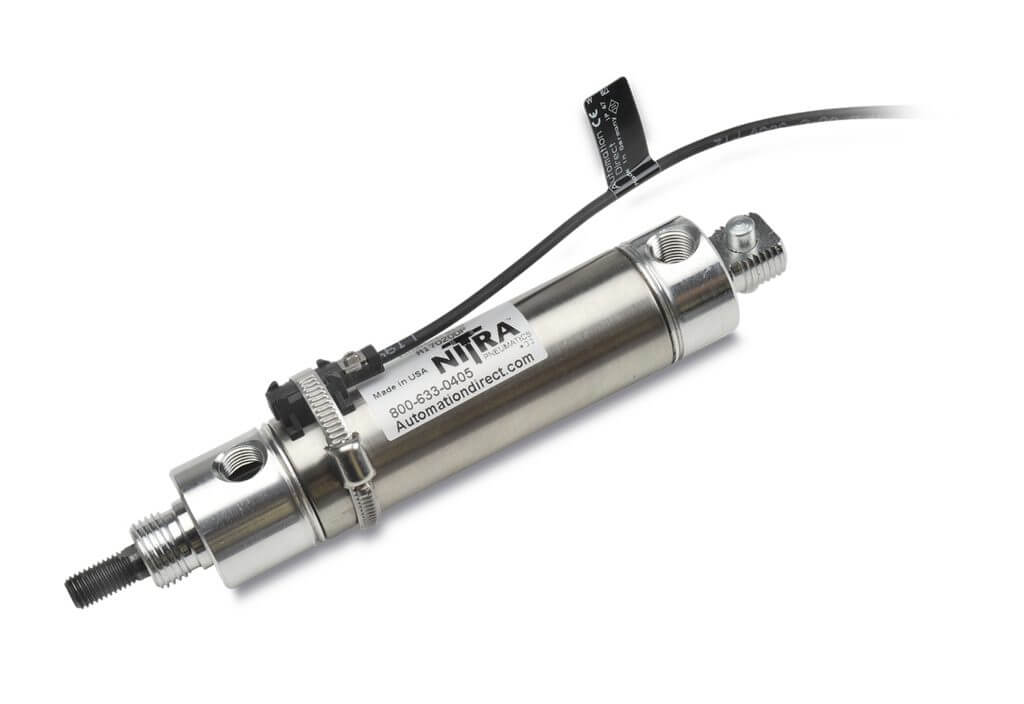With so many industrial sensing technologies available, a general understanding of benefits and costs helps designers select the best types for their applications.
Andrew Waugh, Product Manager for Sensor and Safety products at AutomationDirect, wrote an article for the February 2020 issue of Design World titled A Look at the Industrial Sensors Landscape, providing an overview of discrete (on/off) industrial sensing technologies. Here’s a summary, click on the link above for the full text.
Whether considering coffee shop menus or industrial sensing, more choices are usually better, unless and until there are an overwhelming number of options. Coffee is a matter of taste, but for industrial sensors there are specific technologies and performances levels to evaluate before making a decision.
Cost versus Performance
Sensor costs include not only the product itself, but also the design, installation, and support expenses. Performance is based on finding the right form factor, accuracy, and reliability for the target application. When cost and performance needs are met, a keep-it-simple approach is usually best. Following are some possibilities, generally in order of increasing cost and complexity.
Limit Switches
Basic electromechanical limit switches are a rugged, reliable, and inexpensive choice when they fit the application, although they are subject to wear and damage due to moving parts and contact with targets.
Magnetic Proximity Switches

Magnetic proximity switches are compact solid-state devices ideal for the common situation where pneumatic cylinder position must be detected through non-ferrous cylinder walls.
Inductive Proximity Switches
Inductive proximity switches use reliable solid-state electromagnetic technology to sense metal targets and objects repeatably, although not with high accuracy. They work with a variety of metals but are best with ferrous metals. A variety of sensing distances, non-contact reliability, and low cost make these a top choice.
Capacitive Proximity Switches

Capacitive proximity switches are much like inductive types, but they can sense any sort of material. Because they can be adjusted to ignore materials between the sensor and a target, they are ideal for detecting dry or liquid product levels on the far side of a vessel window or sight glass.
Ultrasonic Sensors
By generating sound impulses and sensing the echo, much like a bat, ultrasonic sensors can detect most materials, and are not affected by optical variations like color, transparency, and ambient lighting. This makes them useful for sensing clear targets like bottles or looking down into tanks for non-contact liquid level sensing.
Photoelectric Sensors
Also known as optoelectronics, photoelectric sensors transmit and receive light to evaluate target presence. Different types of light, and several arrangements (diffuse, reflective, through-beam, and background suppression) make them versatile, but require some design effort for correct application.
Choosing the Right Sensor

When specifying industrial sensors, more choices are generally better.
Presence sensing is a fundamental industrial automation need, complicated by the countless combinations of targets and environments, but with a spectrum of technologies available to support these diverse conditions.
Understanding the basics presented in this article, and using vendor resources, will help end users make the right technical and commercial choices.

